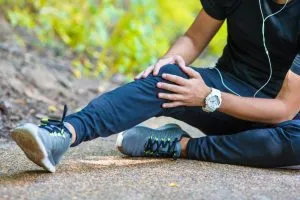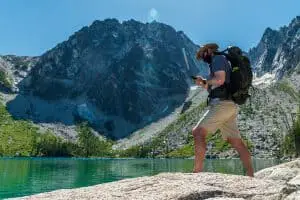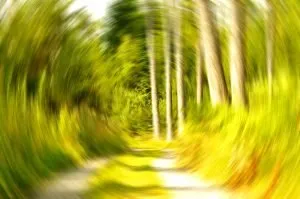Hiking with Sciatica: How To Beat Sciatica Pain While Hiking
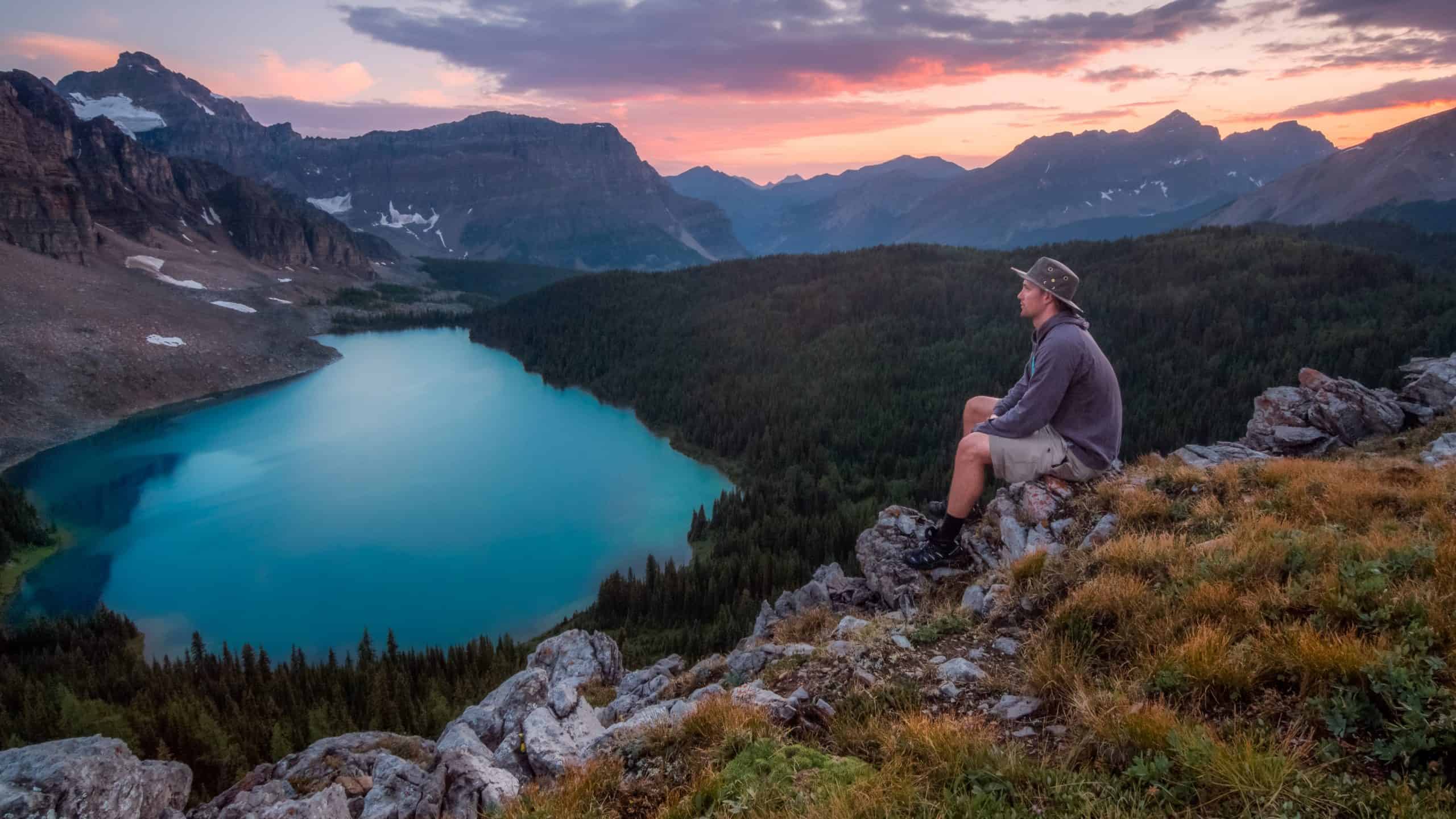
There is nothing more satisfying than hiking up a mountain or through the woods with friends and family. It’s healthy, it’s fun, and it gives you an excuse to take in some fresh air. But what if you have back pain? Or leg pain? How can you enjoy your hike like everyone else when sciatica pain has made hiking difficult for you? In this blog post, we will discuss how to hike while suffering from sciatica and what to do before and after your hike if you are experiencing sciatica-related discomfort.
I’ve been an avid hiker for many years now. Unfortunately, a few years ago, I was in a pretty bad bicycle accident that left me with severe back and leg pain. After getting x-rays, MRIs, and consulting with doctors, it turns out I had a slipped disc due to spondylolisthesis, which compressed against my sciatic nerve.
I was experiencing a great deal of discomfort in my left leg when I tried to hike uphill for even short periods. (I actually had trouble walking on flat surfaces for more than a few minutes in the beginning as well.) If you haven’t experienced it yourself, let me tell you now that there is nothing more discouraging than wanting to enjoy the beauty around you, but your body won’t cooperate.
It took me years of figuring things out, going to doctors, and learning new stretches, to really understand how to handle and treat this pain. I’ve been able to enjoy life again and hike longer distances without pain than ever before. Now I want to share what I’ve learned with you so that you can have peace of mind knowing exactly how a sciatica sufferer should approach hiking and other physical activities in general.
Quick Links
Understanding Sciatica Nerve Pain
If you’re new to the world of sciatica-related pain, let me break it down for you. The sciatic nerve is a large and extremely powerful nerve that originates at your sacral bone in between your hips before traveling through both legs all the way up to the top of each thigh. When this nerve is pinched or otherwise irritated, you experience sciatica pain.
Sciatica often occurs as a result of poor posture and muscle imbalances in the lower back area but it can also be brought on by an injury to your lower back (such as whiplash.) In my case – my bicycle accident. Looking back, I realized I was already suffering from a bit of lower back pain due to poor weightlifting form stemming from trying to lift a bit more than I could handle. At the time, I didn’t know about sciatica and just thought it was normal pain after working out. If you’re a weightlifter, you need to be careful with certain lifts, such as deadlifts or squats. If not done properly, both exercises can leave lasting damage to your spine and exacerbate sciatica & lower back pain.
Sciatica pain is often described as a sharp, shooting sensation that starts from the lower back and travels through one or both legs to the feet. You may also experience numbness or tingling along with this intense leg pain, depending on where exactly your sciatic nerve is being pinched. My pain was felt from my hip, down my entire leg, to my ankle. There are several different kinds of sciatica, but they all share the same symptoms: intense pain, numbness, or tingling in your legs and feet.
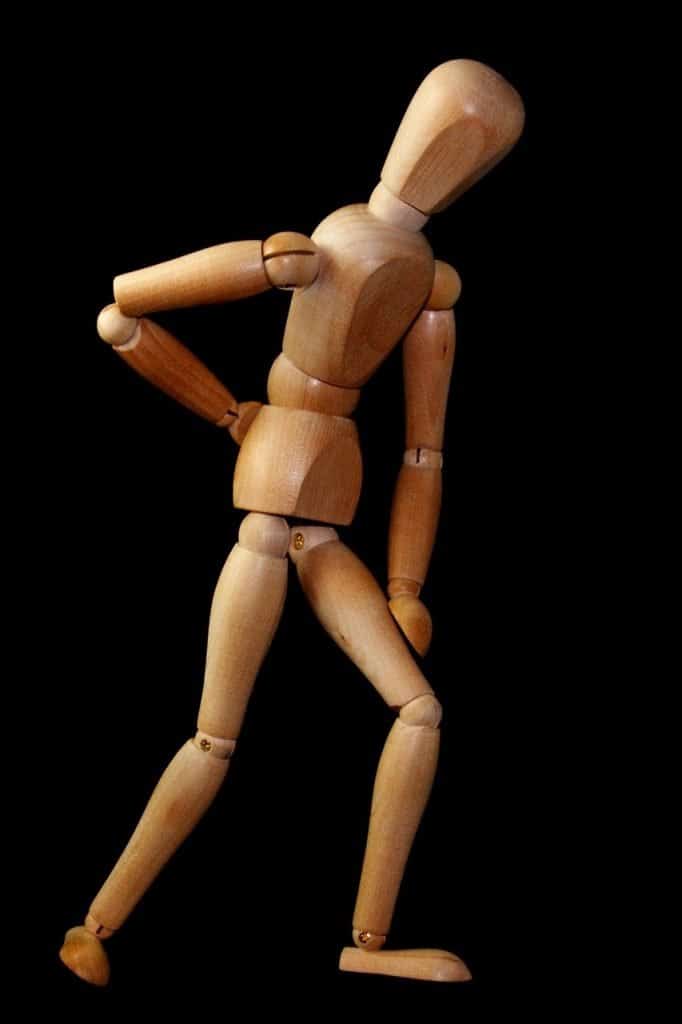
Understanding Your Sciatica Symptoms Before Hiking
Before going hiking uphill (or even flat terrain, for that matter), you’ll want to make sure that you know what kind of sciatic nerve pain you are experiencing. There are several different kinds of pain that can be caused by sciatica, and it’s important to understand the difference between each one.
So what qualifies as “sciatic nerve” pain? The three main types of sciatica include:
- Lumbar Radiculopathy (pain felt in your lower back)
- Lumbosacral Radiculopathy (pain felt in your hips, buttocks, and rear end)
- Femoral Neuropathy (pain felt along the entire length of one leg)
Each type feels different. The first two are most common among hikers, but I’ll briefly explain all three so that you can understand which kind of sciatic pain you are dealing with.
Lumbar Radiculopathy is the most common kind of sciatica among hikers but it’s also one of the easiest to treat because there is no actual damage being done to your nerve itself (which means you don’t have to worry about surgery or other invasive procedures.) The pain is usually felt in the lower back, but it can also be experienced in your hips and legs.
Lumbosacral Radiculopathy, on the other hand, is a bit more difficult to treat because there IS actual damage being done to your sciatic nerve. This kind of pain usually begins in the hips, buttocks, or even deep inside the rear end and travels all the way down one leg (if not both legs.)
Femoral neuropathy is when your femoral nerve gets pinched, which causes severe pain along either/both sides of your thighs and the groin and inner leg areas.
How to Hike with Sciatica Pain: What to Do Before And During Your Hike
Before hiking uphill (or even on flat terrain, for that matter), you should take a few precautions just in case sciatic pain strikes during your hike (which I know is easier said than done.) Here are some steps that can help reduce the risk of experiencing sciatic pain while hiking.
- Warm Up the Muscles in Your Legs and Hips: Stiff muscles are more likely to be injured, so it’s a good idea to warm up beforehand by doing some simple stretches or walking for about ten minutes before setting off on your hike. You can check out my top 3 exercises for hiking or see the video below by Dr. Jo shows some of my favorite stretches that I’ve found to work well for me:
- Avoid Standing For Long Periods of Time: This is when your sciatic nerve is most likely to get pinched. If you have to stand for long periods of time (such as at a trailhead while reading the map or looking around), try taking five-minute breaks every half hour and walk in circles during these times instead of standing still which will stretch out your legs and hips.
- Avoid Sitting or Lying Down For Long Periods of Time: The same goes for sitting and lying down. You should try to alternate between sitting, standing, and walking as much as possible during your hike so that you don’t put too much strain on one particular area of your body.
- Keep Your Legs Straight While Lying Down: This will help relieve any pressure that may be putting strain on your sciatic nerve while you are lying down and resting during a hike.
- Take Frequent Breaks: If you start to feel any pain or tingling in your legs and hips, don’t push through it. It’s important that you stop what you’re doing so that the sciatic nerve can recover until the pain subsides. Be sure to take frequent breaks so that the pain doesn’t become severe and lead to a more serious injury. When my pain was at its worst, I couldn’t walk one city block without having to stop and stretch.
- Get Plenty of Rest: This applies not only during your hike but also after it as well, especially if you are experiencing sciatica symptoms which can feel quite painful. Be sure to get plenty of rest for your body to heal properly from any injuries you may have experienced during your hike.
- Use Trekking Poles: Trekking poles are fantastic for keeping balance. They can help prevent you from putting further strain on your back and legs, which is always a good thing.
- Don’t overdo it – listen to your body: If you are going hiking with a group of people/friends/acquaintances – make sure they understand what you are going through. I felt very guilty when my hiking group had to stop because of me, and for this reason, I found it helpful that they knew what was happening with my body so we could plan accordingly (i.e., taking more frequent breaks.) I also recently moved close to Houston, TX, about a year ago, and the hiking trails here in Texas are mainly flat, which is a big advantage for someone dealing with sciatic nerve issues.
- Wear comfortable shoes: If your hiking shoes or boots are not cutting it, you should consider wearing something with a bit more comfort and protection. I have a pair of Sketchers Go Walk shoes that I can’t vouch for enough. The cushioning is soft, comfortable, and honestly, you’ll feel like you’re walking on clouds.
Bonus: I also recommend the Adjustable Back Brace by Sparthos. It’s made with breathable fabric, it’s lightweight, and doesn’t use any metal – so it’s perfect to use underneath any type of clothing.

How to Hike with Sciatica Pain: What to Do After Your Hike
If you already know that hiking uphill is difficult for you due to sciatic pain, try taking a different route on the way back down from your hike, or if it’s too late and the symptoms have already come on, take the following steps to help you recover after your hike.
- Get a Massage: Getting a massage is an excellent way of relieving any muscle tension that may have built up during your day of hiking which in turn will reduce the pain and tingling. If massages aren’t really your thing or it’s not possible to get one, try taking a hot bath or shower as this will also help relax the muscles and increase blood flow in that area.
- Get Plenty of Rest: You should always make sure to take it easy after hiking – especially if you experienced any kind of pain during your hike.
- Avoid Any Strenuous Activity: This means no hiking, biking, or anything else too strenuous for the next few days (which is why resting and doing a light activity such as walking after your hike is recommended.) You should also avoid sitting or lying down for too long as this will put more pressure on your sciatic nerve.
- And, of course, stretch some more.
Conclusion
Hiking with back pain can be difficult, but it doesn’t have to make the experience miserable. By following a few simple steps before and after your hike, you’ll find that hiking can be enjoyable again and also less painful as well! Lastly, I am not a medical professional – I am speaking purely from my own experiences, and I understand that each individual dealing with sciatica pain can and will have their own methods that work for them. If all else fails, please seek professional advice as I did so you can get back on your feet and out in nature as soon as possible.

